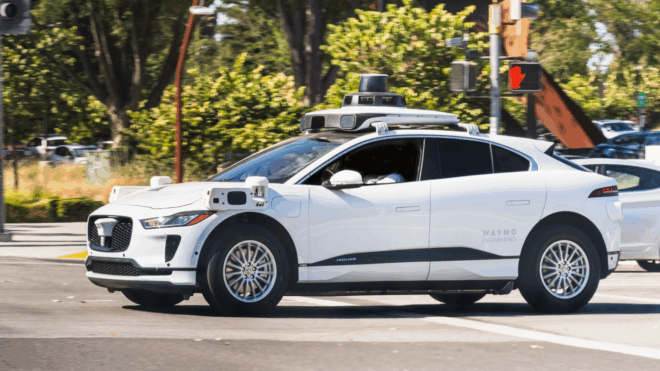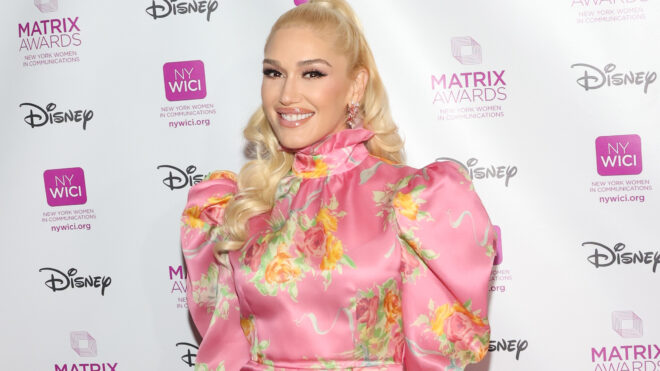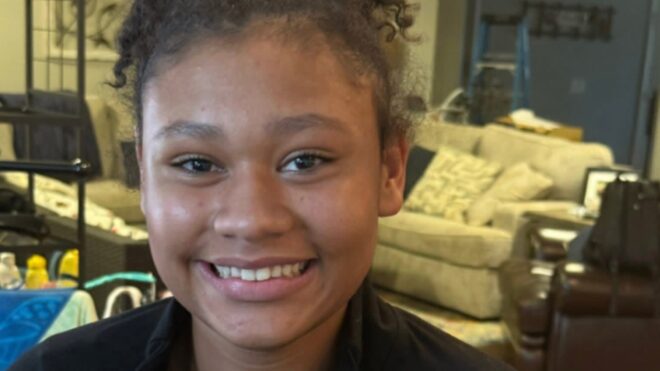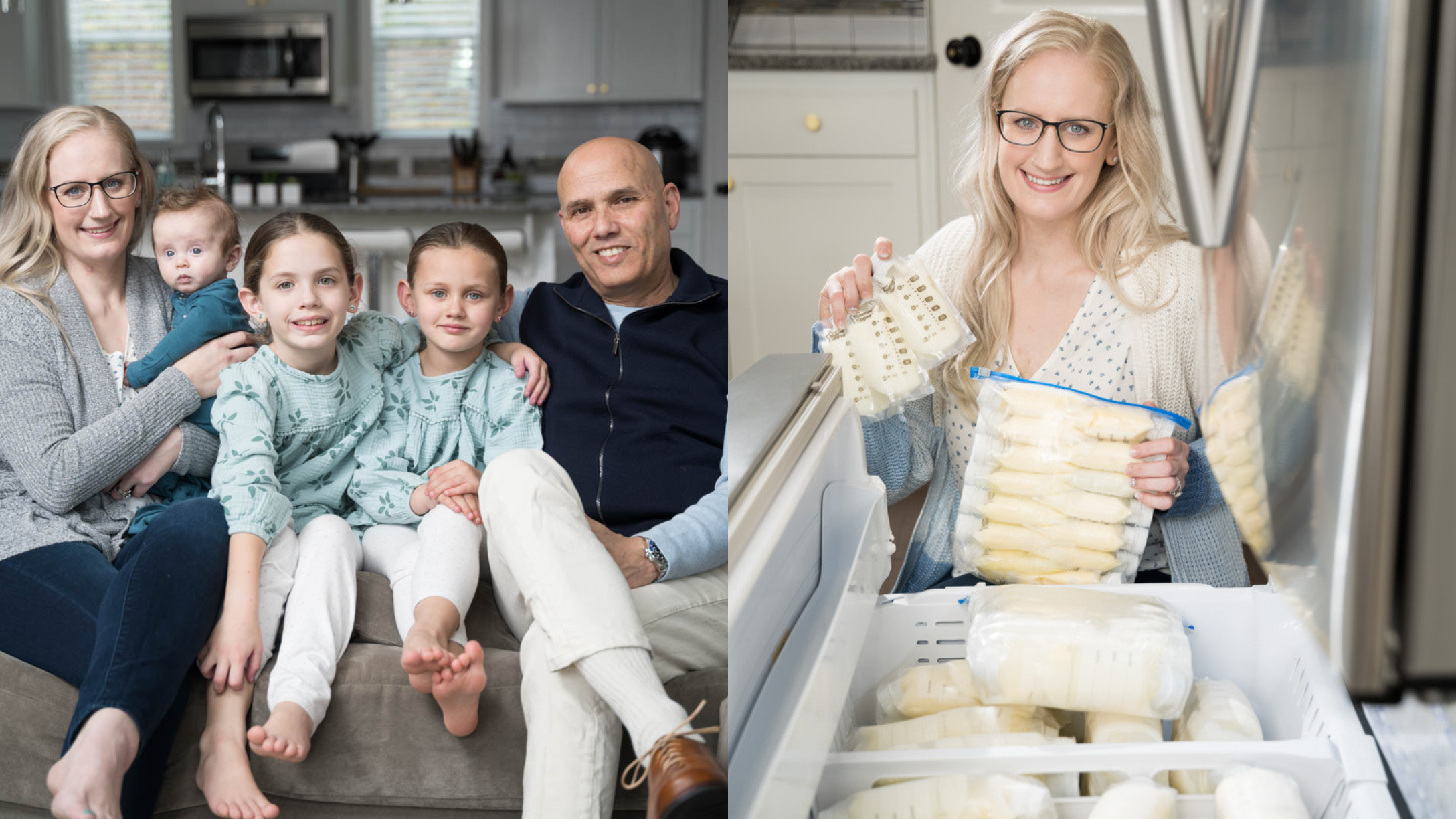
A mother of three has a rare syndrome that causes her to produce 200 ounces of breast milk per day, totaling 1.5 gallons. That's 10 times more than the average mom! Elisabeth Anderson-Sierra, has an extremely rare condition called hyperlactation syndrome. Since she was diagnosed eight years ago, she has donated breast milk to milk banks and babies around the world. In fact, Sierra has donated more breast milk than the current Guinness Book of World Record holder — more than 350,000 ounces. She uses five industrial freezers at her home to store the breast milk and will be pumping in this capacity for the rest of her life.
Sierra has used her unusual situation in the best way possible, and is also the director of lactation services for BabyBuddha and played a huge role in optimizing the brand’s fan favorite breast pump, the BabyBuddha portable breast pump.
More from CafeMom: 15 Times Breastfeeding Moms Had the Perfect Responses to Their Shamers
She discovered that she had the rare syndrome during the early stages of pregnancy.
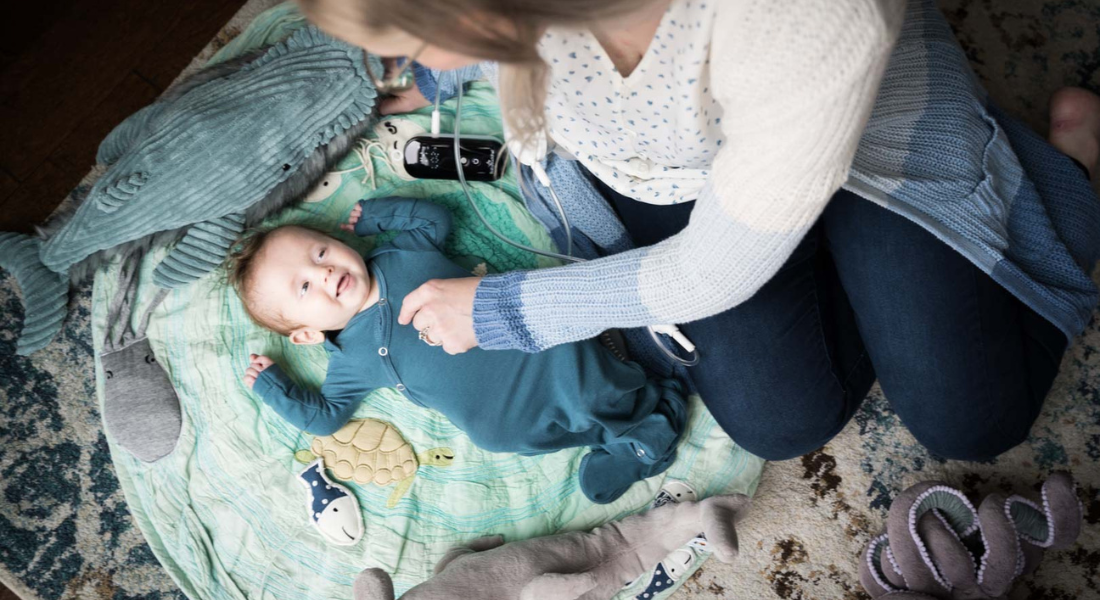
Elisabeth tells CafeMom she was diagnosed with hyperlactation syndrome when she was 13 weeks pregnant. “When I discussed the volume of milk I was getting during prenatal appointments, my midwife and doctor thought I was talking about MILLILITERS, but I was talking about ounces. There are 29.5 milliliters in one ounce, and it could be normal to produce say, 45 milliliters during pregnancy … but not ounces,” Elisabeth says.
“I was officially diagnosed in 2015 after my medical team realized the volume of milk I was producing wasn’t milliliters, it was ounces, and it was far from the norm.”
Pumping is a lifestyle for this mom, ‘I’ve pumped everywhere from Disney World with my family to a Mumford & Sons concert!’ she says.
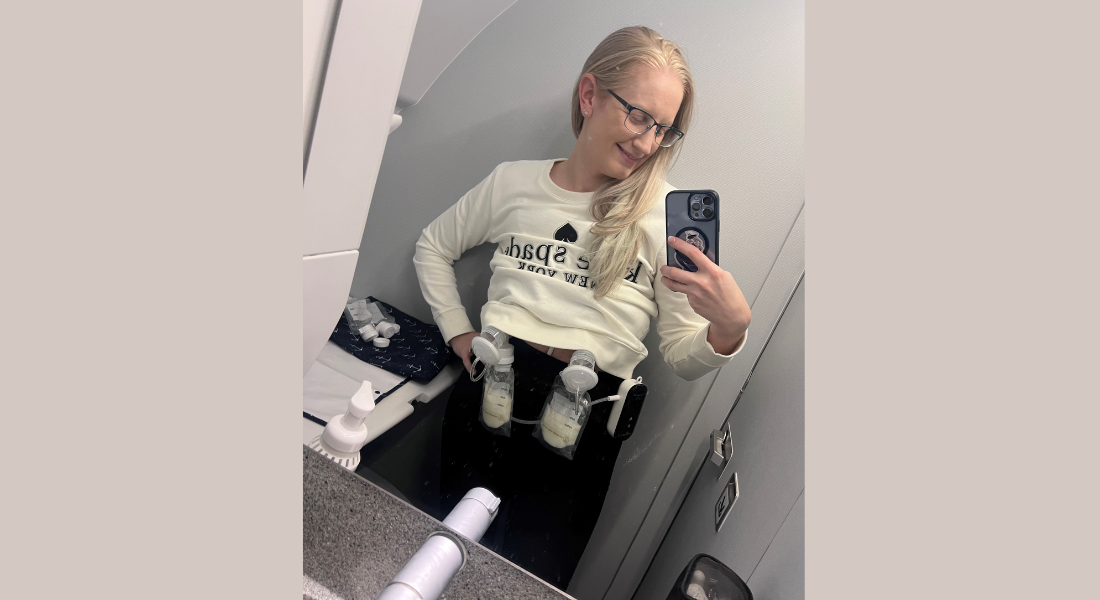
With the amount of milk she produces, Elisabeth has to pump frequently throughout the day. Elisabeth tells CafeMom that eight years ago when there were fewer options for breast pumps, she spent a lot of time “tied to a wall,” but since she started using BabyBuddha’s portable breast pump, she has been able to “get normalcy and a sense of freedom back in my life” she explains. Now that she uses a portable pump, she pumps everywhere on the go!
“When I first started pumping, it was miserable for everyone, and I missed out on so many things because I needed to pump. Now, I’m able to pump on the go — I’m able to play with my kids, drive them to school, clean my house, make lunch and so much more. People sometimes laugh when I tell them the things I’ve done while pumping. I’ve pumped everywhere from Disney World with my family to a Mumford & Sons concert!” Elisabeth tells CafeMom.
More from CafeMom: This Mom Will Damn Well Breastfeed at Disney Despite the Scowlers
'There are severe time constraints.’
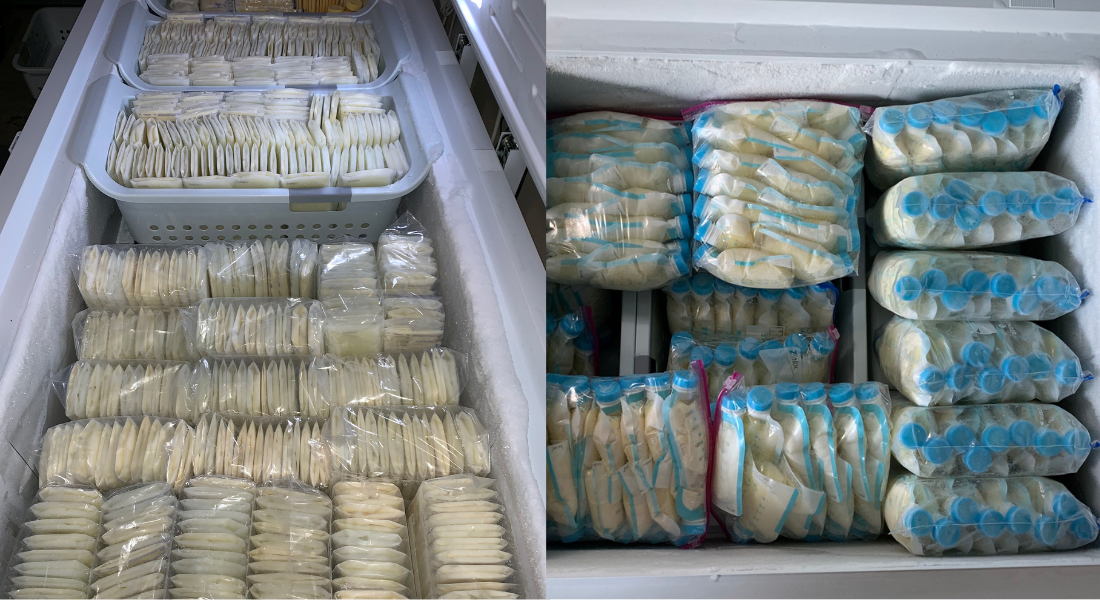
In addition to frequent pumping, Elisabeth shares she has had to make a lot of lifestyle adjustments being a working parent with hyperlactation syndrome. “In terms of lifestyle adjustments, I must take a plethora of vitamins daily to keep up with the demand and leeching from my body. Extra calories and hydration are of utmost importance for my health. All the time spent not only pumping, but washing and sterilizing all the equipment, and measuring/labeling/storing the milk. Extra doctor appointments and labs monthly,” Elisabeth explains.
“Overall, I also have a decreased ability to do everything that I would like to do in life because of the severe time constraints. I currently work a ‘normal’ 40-hour+ work week, I’m a wife, mother of three, caretaker, manage the household, and the hours dedicated to this medical condition," she adds.
Living with hyperlactation syndrome isn't easy.
Living and parenting with a rare syndrome, such as hyperlactation, while working and parenting three kids is quite an exceptional feat, and it does come with challenges. Elizabeth shares what she wishes people understood about what it's like living with this condition.
"That the grass is not greener on the other side. It’s incredibly taxing on me physically and emotionally, and also for my family. It’s a disability at this level. It is also very rewarding to be able to donate excess milk and know it’s making a big impact in the lives of our littlest world-changers," she said.
She also says her children are a huge part of the milk donation process. “It has been a beautiful teaching tool, however, especially with normalizing breastfeeding, extended breastfeeding, pumping, and milk-sharing. It has opened up many opportunities to learn about sharing with others, kindness, empathy, resilience, dedication, and putting good out into the world. My older children are very active participants in the milk donation process. Helping to pack up milk, take inventory, help get bags or equipment ready, and wishing every shipment safe travels,” Elisabeth explains.
